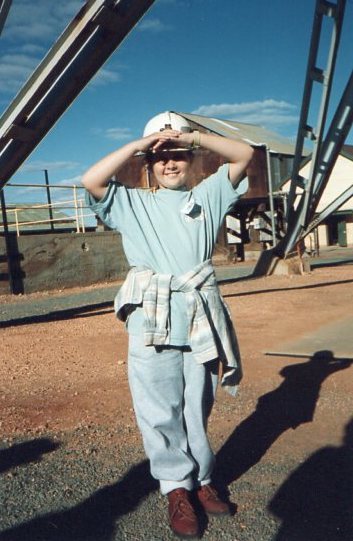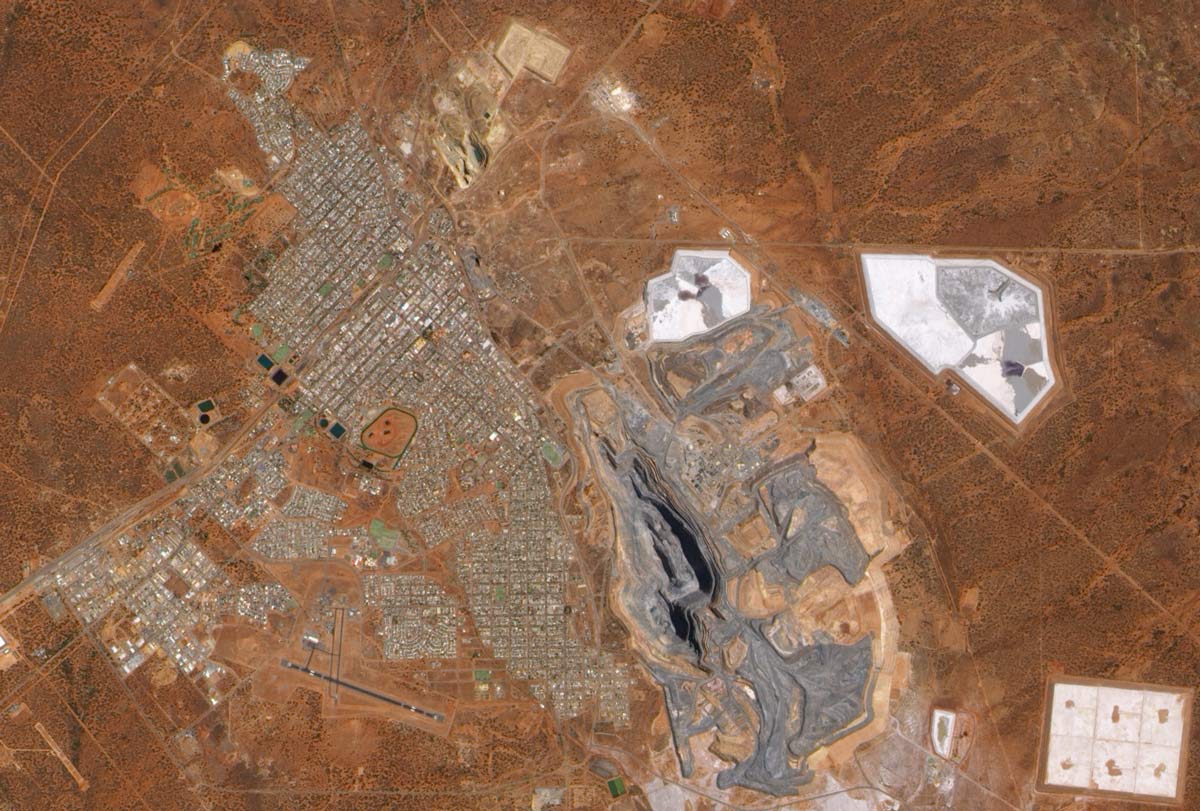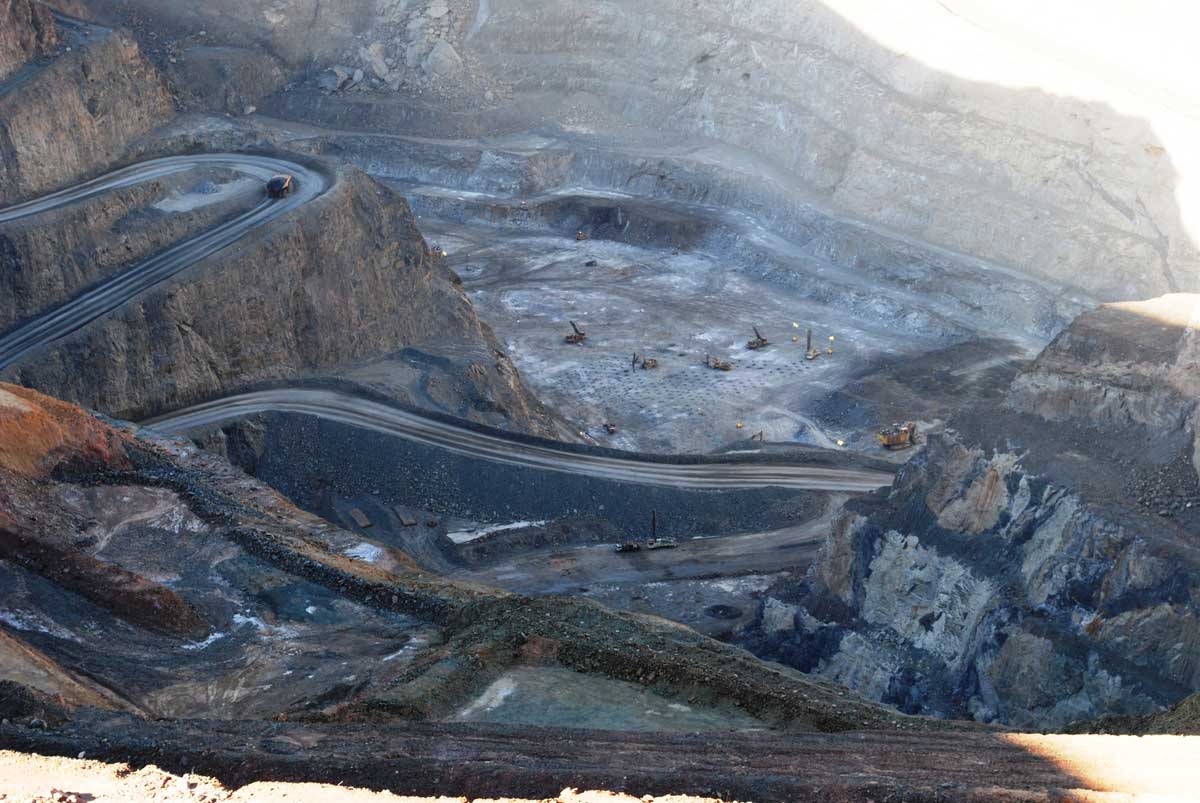The Super Pit
The Super Pit
The Super Pit was just 4 years old when I visited Kalgoorlie with my parents in 1993. It was the Easter school holidays and we’d gone to see where Mum’s family had come from. We’d set out from Perth on the Great Eastern Highway and 7 hours and 600 kilometres later, we arrived on the fringe of what is known as the richest square mile of earth on the planet. Back then the Super Pit was the largest open pit mine in the country, over 3 kilometres long, a kilometre wide, and 500 metres deep. It’s so big that you can see it from space.

Photo: Ruth Morgan
The Fimiston Open Pit, or Super Pit, was the brainchild of Western Australia’s golden boy, Alan Bond. The bubble of WA Inc. had yet to burst in 1988 when Bond bought the mile that Midas touched with the plan to amalgamate dozens of old leases into a single big pit with a single owner. Many scoffed at his idea. Thirty years later, the Super Pit has produced over 20 million ounces of gold, and looks set to continue production until at least 2025.

Photo: NASA
Over 60 million ounces of gold have been poured from the Golden Mile since prospectors Paddy Hannan, Tom Flanagan and Dan Shea struck it lucky at Mt Charlotte in 1893. Their discovery drew thousands of people to the West in search of the latest El Dorado and my great grandparents were among them. There, they had to separate gold from the dirt and dust using a technique called dryblowing, since water was in such short supply on the fringe of the desert. But relatively little gold lay at the surface; the real riches were to be found in the quartz dolerite greenstone. Getting to it was an expensive undertaking and London-based speculators were only too happy to oblige. By Federation the first of Western Australia’s mining booms was well underway.

Photo: Neelaka, Flickr CC
With the low-hanging fruit long gone, gold’s siren song still lures mining companies to drill ever deeper into the Earth’s crust, gouging the Yilgarn Craton for the lodes that formed there nearly 3 billion years ago. In 2015, at the southern end of the Super Pit, the miners set an Australian record when they drilled over 3 kilometres deep. Drilling, blasting and hauling rock, the Super Pit is awake 24-7, 365 days a year. Each day, some 40 Caterpillar 793 haul trucks lug 240,000 tonnes of earth to the surface on a round trip that can take up to 40 minutes. From every 8 trucks, about a golf-ball size amount of gold is extracted. It’s not much, but it’s enough to keep the Super Pit going.
Ruth Morgan is a Senior Research Fellow in the School of Philosophical, Historical and International Studies at Monash University.

